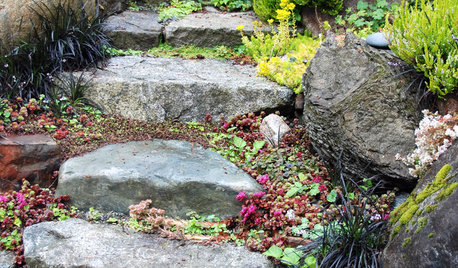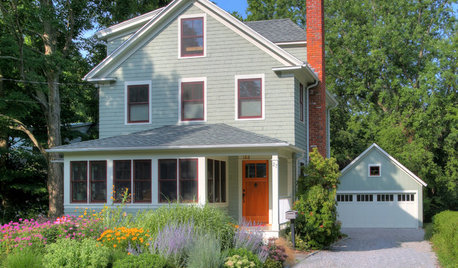Grubs in Compost
jdmd
16 years ago
Featured Answer
Comments (14)
digdirt2
16 years agoKimmsr
16 years agoRelated Professionals
Milwaukee Landscape Architects & Landscape Designers · Tomball Landscape Architects & Landscape Designers · Allentown Landscape Contractors · Berkley Landscape Contractors · Bridgeport Landscape Contractors · Concord Landscape Contractors · Deerfield Landscape Contractors · Hawaii Landscape Contractors · Lake Saint Louis Landscape Contractors · Nashua Landscape Contractors · Boone Decks, Patios & Outdoor Enclosures · Lake Morton-Berrydale Decks, Patios & Outdoor Enclosures · Rosemont Decks, Patios & Outdoor Enclosures · Verona Decks, Patios & Outdoor Enclosures · White Bear Lake Decks, Patios & Outdoor Enclosuresjoepyeweed
16 years agodigdirt2
16 years agodchall_san_antonio
16 years agoKimmsr
16 years agodigdirt2
16 years agokate6
16 years agowyndell
16 years agojoepyeweed
16 years agoluckyj
15 years agoawyb
15 years agopaulns
15 years ago
Related Stories

GARDENING GUIDESHow to Fix Bare and Yellow Lawn Spots
Restore your turf’s good looks by reseeding unsightly patches
Full Story
LANDSCAPE DESIGNPlant Your Steps for a Great Garden Look
There are benefits to allowing plants to invade your garden stairs
Full Story
LIFEHow to Outsmart Backyard Critters
Learn to think like a raccoon, skunk or squirrel to keep your home safe and your garden intact
Full Story
EDIBLE GARDENSHow to Grow Your Own Sweet Summer Crops
This guide will help any gardener get started on growing the freshest warm-season veggies and berries for summer
Full Story
FEEL-GOOD HOME21 Ways to Waste Less at Home
Whether it's herbs rotting in the fridge or clothes that never get worn, most of us waste too much. Here are ways to make a change
Full Story
WINTER GARDENINGPruning Secrets for Exquisite Roses
Encourage gorgeous blooms year after year with this time-tested advice on how to prune your rosebush in winter for health and shape
Full Story
SAVING WATERXeriscape Gardens: How to Get a Beautiful Landscape With Less Water
Conserve water and make gardening much easier with the xeriscape approach’s 7 principles
Full Story
EDIBLE GARDENSSummer Crops: How to Grow Squash
Almost foolproof and with cheerful flowers, squash comes in a wide range of varieties to plant in spring
Full Story
EDIBLE GARDENSNatural Ways to Get Rid of Weeds in Your Garden
Use these techniques to help prevent the spread of weeds and to learn about your soil
Full Story
GREAT HOME PROJECTSUpgrade Your Front Yard for Curb Appeal and More
New project for a new year: Revamp lackluster landscaping for resale value, water savings and everyday enjoyment
Full StoryMore Discussions






Michael